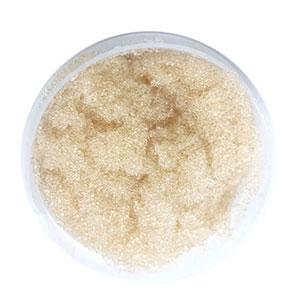Frequently Asked Questions
What is Mixed Bed Resin?
Mixed-bed resins are mainly used in the water purification industry to refine process water to
desalination quality (e.g., after reverse osmosis systems). The name of mixed bed includes strong acid
cation exchange resin and strong base anion exchange resin.
How is Mixed Bed Resin stored and distributed?
Bed mixing resins should not be stored directly outside. The standard storage temperature is 5-40°C. If
the storage temperature is below 0°C, clear saturated brine can easily be added to the bag and soak the
resin. Likewise, if the storage temperature is too high, not only will the resin dehydrate easily, but
the decomposition of the anionic resin will also be accelerated. If it is necessary to store the
mixed-bed resin for a long time, we have to convert the strong resin to salt type and the weak resin to
hydrogen type or free base type, and then immerse it in clear water, which can maintain the performance
of the mixed-bed resin to a certain extent.
What is Mixed Bed Resin used for?
The role of mixed bed resins is to de-ionize or de-mineralize water in water treatment, which simply
means that the ions in the water are removed to achieve the effect of removing harmful substances.
Because ions are charged atoms or molecules found in water, they have a net negative or positive charge.
For many industrial applications that use water as a rinse agent or ingredient, these ions are
considered raw material impurities that must be removed from the water, and the role of the mixed-bed
resin is to remove the ions from the water. Generally, positively charged ions are called "cations" and
negatively charged ions are called "anions.
Ion exchange resins exchange unwanted cations and anions with hydrogen and hydroxyl groups to form pure
water (H2O), which is not an ion. Mixed-bed resins also replace the ions in water through the exchange
of ionic cations and anions, leaving only the ions in the pure water. So typical applications of
mixed-bed resin include:, ultrapure water production, demineralization, condensate polishing (boiler
feed water), microelectronics cleaning, pharmaceuticals and other industries.






